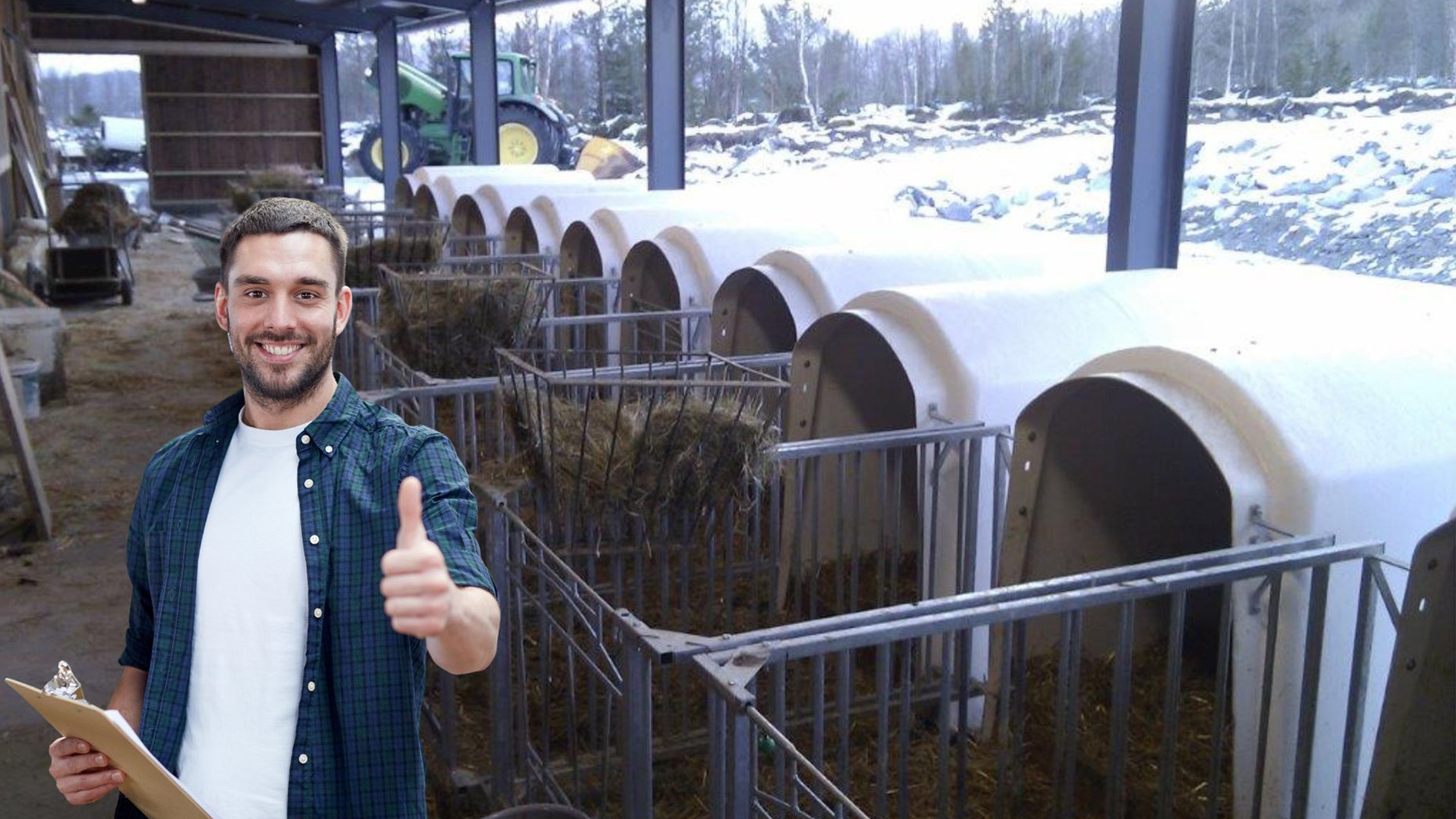To overview
Wintercheck for young calves
CALF CHECK – WINTER EDITION
(Print and hang in the calving pen or calf housing)

CALF CHECK – WINTER EDITION
(Print and hang in the calving pen or calf housing)

Immediately after birth
Housing and bedding
Flooring
Temperature & comfort
Feeding and energy
Outdoor housing and heavy rainfall
Protection
Monitoring